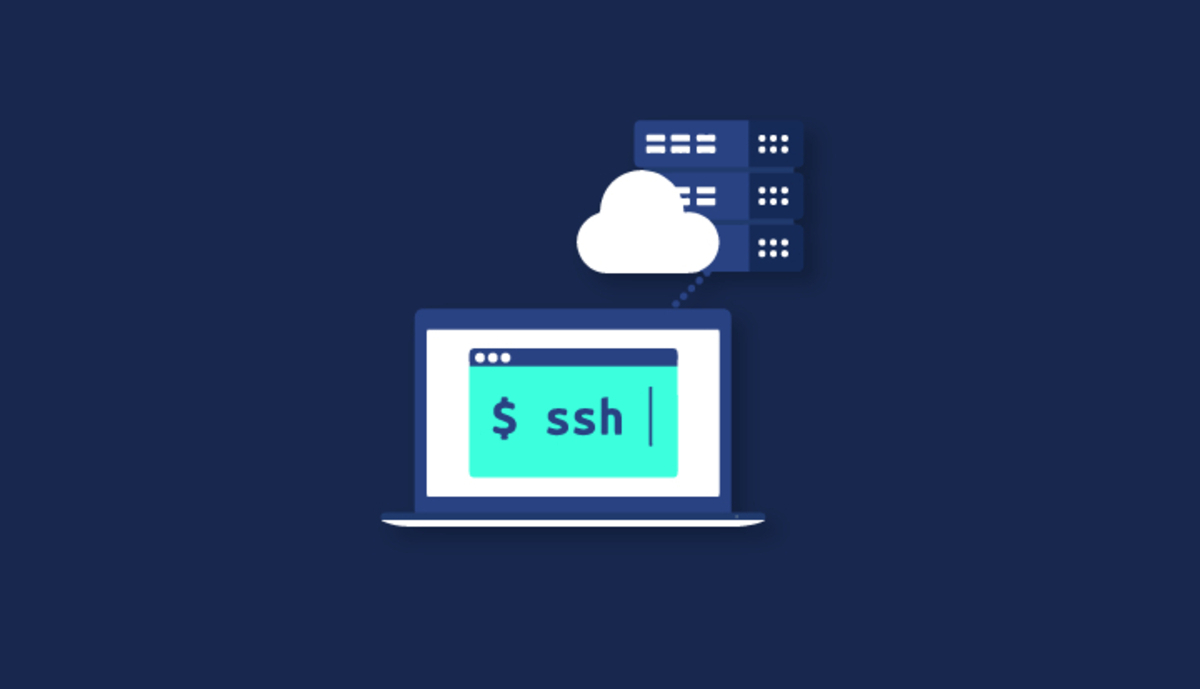Strengthening SSH Security in BSD: Essential Configurations and Best Practices
Secure Shell (SSH) is a fundamental tool for remotely managing BSD-based systems. Whether administering a personal server or maintaining an enterprise network, securing SSH access is essential for preventing unauthorized logins and safeguarding sensitive data. Improperly configured SSH services leave systems vulnerable to brute-force attacks, credential theft, and unauthorized access attempts.
By implementing best practices, BSD users can enhance security while maintaining convenient remote access. Adjusting SSH configurations, enforcing key-based authentication, and limiting access points significantly reduce the risk of compromise. With proper setup, SSH becomes a reliable and secure method for managing BSD systems efficiently.
This guide outlines key security measures for configuring SSH in BSD, covering authentication strategies, network restrictions, and monitoring techniques. By following these recommendations, system administrators can create a more secure environment that balances usability with strong protection.
Understanding SSH Security in BSD
Secure Shell (SSH) provides encrypted communication between clients and remote servers, ensuring that login credentials and command executions remain confidential. BSD systems include OpenSSH, a widely trusted implementation that supports secure authentication and encryption mechanisms.
Despite its security benefits, SSH is often targeted by malicious actors attempting unauthorized access. Attackers may use brute-force methods to guess passwords or exploit weak configurations to gain entry. Without proper safeguards, these threats can lead to compromised systems, data leaks, or service disruptions.
Implementing robust SSH security practices protects against these risks. By configuring access controls, enforcing strong authentication, and monitoring system activity, BSD users can minimize vulnerabilities while maintaining the flexibility of remote administration.
Setting Up Key-Based Authentication
Password authentication is a common method for accessing SSH, but it presents security risks if passwords are weak or reused. Using SSH key pairs offers a more secure alternative by replacing passwords with cryptographic keys.
To enable key-based authentication, generate an SSH key pair on the client machine. The private key remains secure on the user’s system, while the public key is placed on the BSD server. When connecting, SSH verifies the private key, allowing access without transmitting a password over the network.
Disabling password authentication after setting up key-based login further strengthens security. This prevents unauthorized users from attempting brute-force attacks, as login attempts without a valid private key are automatically rejected.
Restricting SSH Access by IP Address
Limiting SSH access to trusted IP addresses reduces the attack surface by blocking unauthorized login attempts from unknown locations. This strategy is particularly effective for servers that only need to be accessed from specific networks.
In BSD, administrators can configure firewall rules using pf or ipfw to permit SSH connections only from designated IP addresses. Additionally, SSH’s built-in configuration allows users to define AllowUsers or AllowGroups directives to restrict access further.
For users who require remote access from varying locations, implementing a VPN or dynamic DNS solution provides flexibility while maintaining security. This ensures that SSH connections are only allowed from known and controlled environments.
Changing the Default SSH Port
By default, SSH operates on port 22, making it a common target for automated scanning and brute-force attacks. Changing this default port to a non-standard value adds an additional layer of obscurity, reducing the number of unauthorized connection attempts.
Modifying the SSH port is a simple configuration change in the sshd_config file. After specifying a new port, firewall rules must be updated to allow traffic on the selected port. While this does not replace other security measures, it helps minimize exposure to automated attacks.
Users connecting to the server must specify the custom port when initiating SSH sessions. This change alone will not stop determined attackers, but it significantly reduces noise from random scanning bots attempting to exploit SSH services.
Implementing Two-Factor Authentication
Two-factor authentication (2FA) enhances SSH security by requiring an additional verification step beyond the standard password or key-based authentication. This ensures that even if an attacker obtains login credentials, they cannot access the system without the second authentication factor.
BSD systems support 2FA through various methods, such as time-based one-time passwords (TOTP) or hardware security keys. Using tools like Google Authenticator or Yubikey, administrators can configure SSH to prompt for a temporary code during login.
Combining 2FA with key-based authentication provides an extra layer of protection, making unauthorized access significantly more difficult. While it adds a slight inconvenience to the login process, the added security benefit is well worth it.
Disabling Root Login Over SSH
Allowing direct root login via SSH is a major security risk, as it provides attackers with a high-privilege account to target. Disabling root access forces users to authenticate with a regular account before escalating privileges, reducing the impact of potential breaches.
The PermitRootLogin no setting in the SSH configuration file prevents root logins entirely. Instead, administrators should use sudo or doas to perform elevated tasks after logging in with a non-root account.
For critical system maintenance, root access can still be enabled temporarily when needed. However, keeping it disabled by default significantly reduces the likelihood of unauthorized privilege escalation attacks.
Monitoring SSH Access Logs
Regularly reviewing SSH access logs helps identify suspicious login attempts and potential security threats. BSD logs SSH activity in /var/log/auth.log, providing insights into successful and failed login attempts.
Monitoring tools such as fail2ban or sshguard can automatically detect repeated failed login attempts and temporarily block offending IP addresses. This prevents brute-force attacks by limiting the number of incorrect authentication attempts allowed within a specified time frame.
Setting up automated log monitoring and alerts ensures that administrators are notified of any unusual SSH activity. This proactive approach helps detect and respond to security incidents before they escalate into more significant issues.
Keeping OpenSSH Up to Date
Ensuring that OpenSSH is updated regularly helps protect against newly discovered vulnerabilities and exploits. BSD distributions provide security patches through system updates, and keeping the SSH service current is essential for maintaining security.
Checking for updates using BSD’s package management tools or security advisories allows administrators to apply patches as soon as they become available. Regular system updates, combined with secure configurations, help minimize potential attack vectors.
For long-term security, reviewing OpenSSH release notes and best practices ensures that configurations remain aligned with current security recommendations. Staying informed about new features and security improvements helps maintain a resilient SSH setup.
Strengthening SSH Security for Long-Term Use
Setting up secure SSH access in BSD is a crucial step in protecting remote connections from unauthorized access. By configuring key-based authentication, restricting access, and enabling monitoring, users can establish a secure and reliable SSH environment.
Regular maintenance, security audits, and keeping OpenSSH up to date help ensure continued protection against evolving threats. Adjusting configurations as needed and implementing additional security measures, such as 2FA, further strengthen SSH defenses.
With careful planning and adherence to best practices, BSD users can maintain secure remote access without compromising system usability. A well-configured SSH setup provides both convenience and security, allowing for efficient management of BSD systems.










No Responses